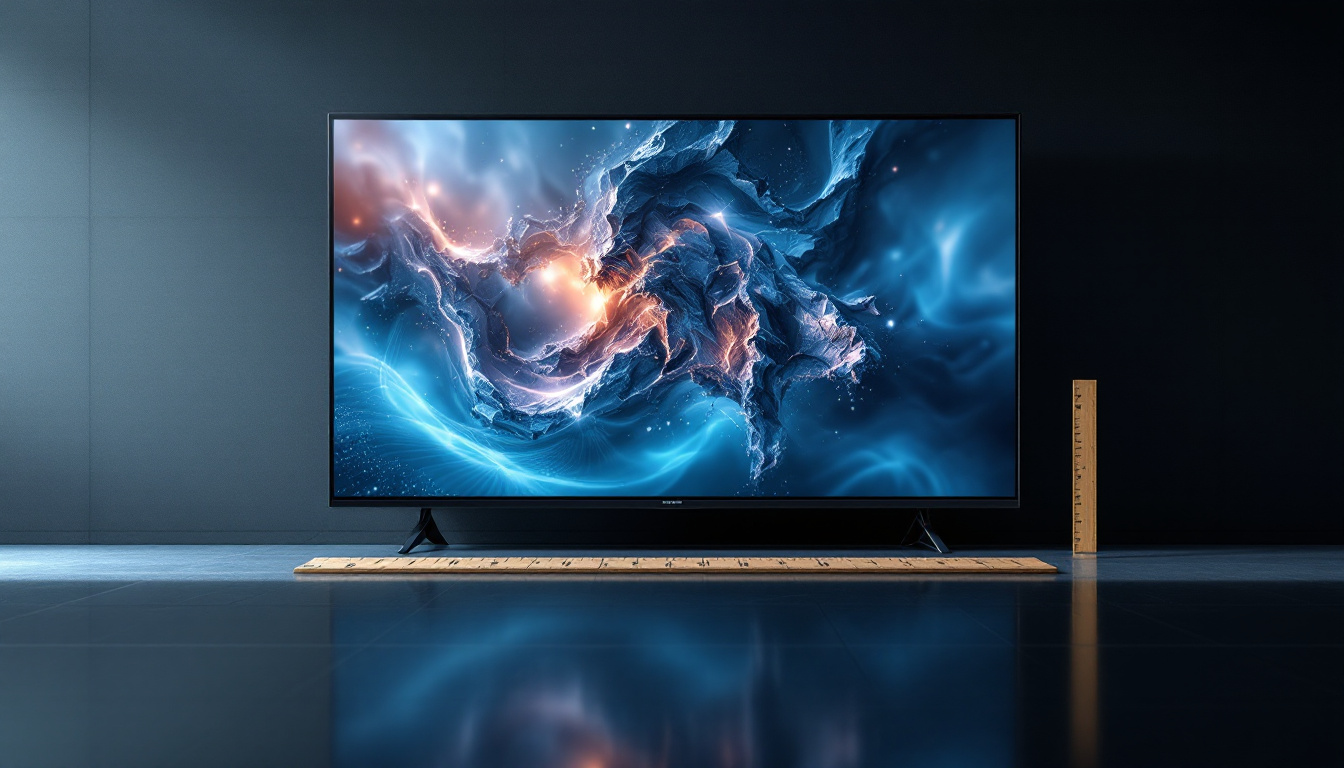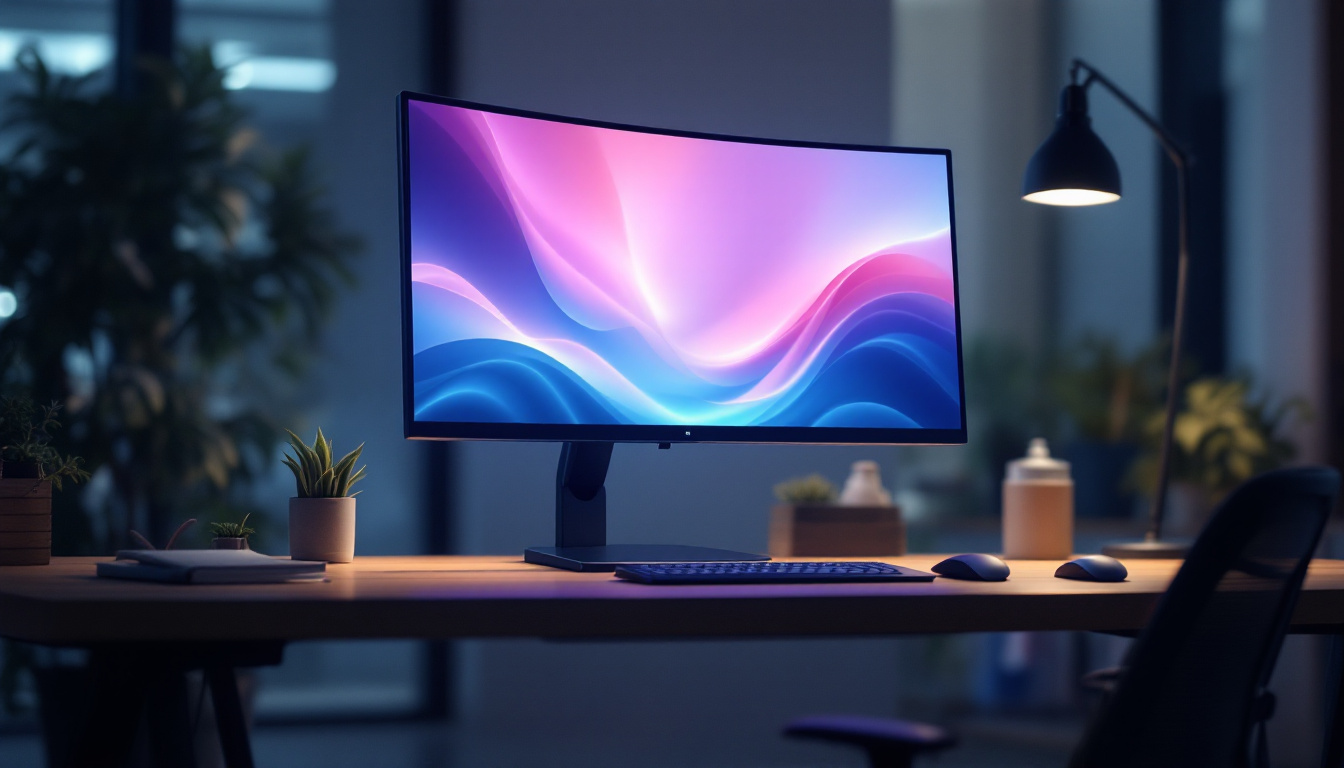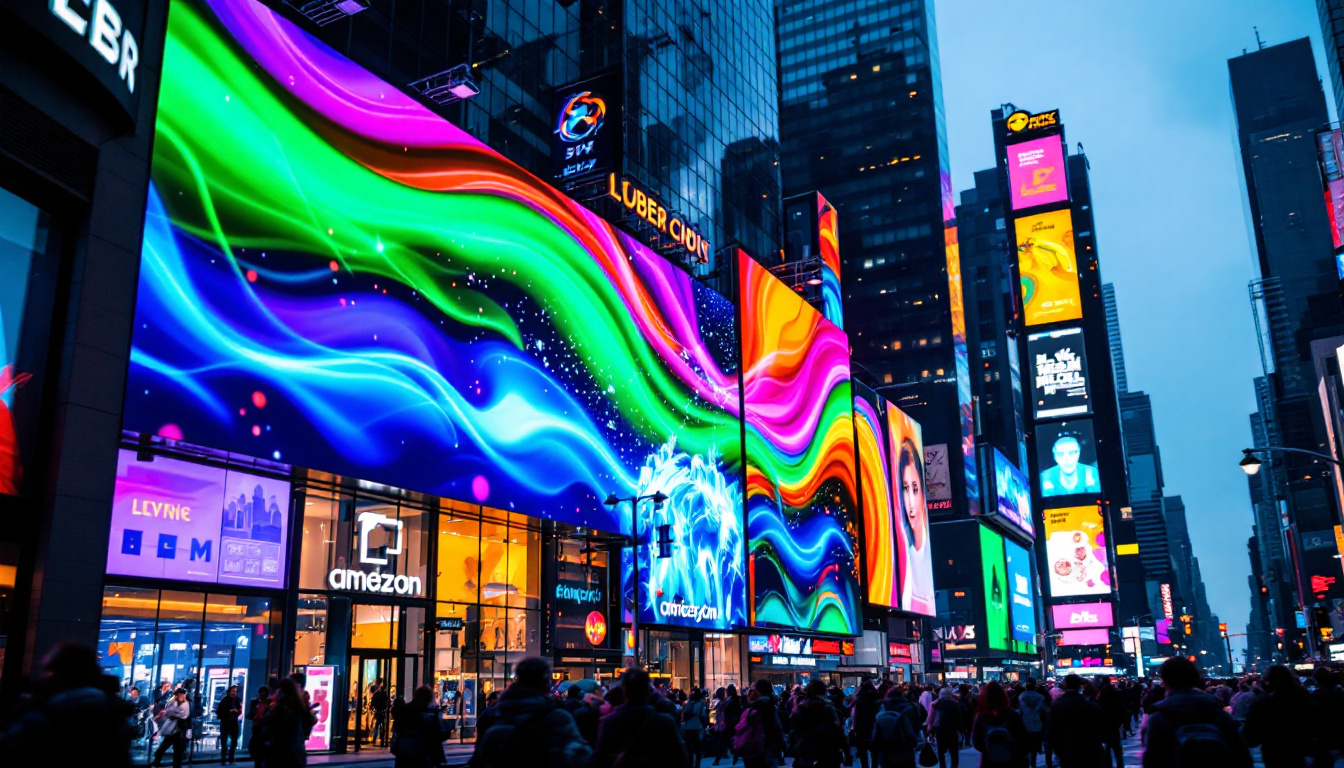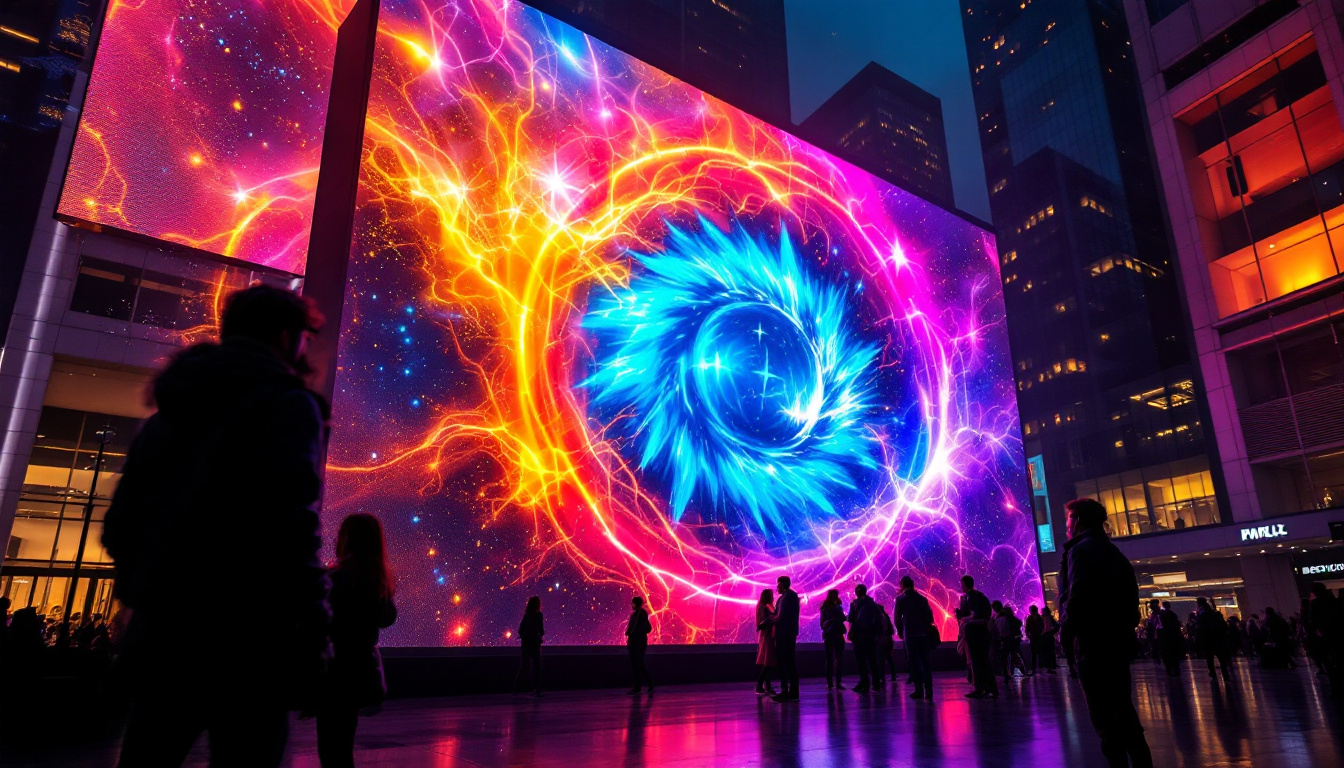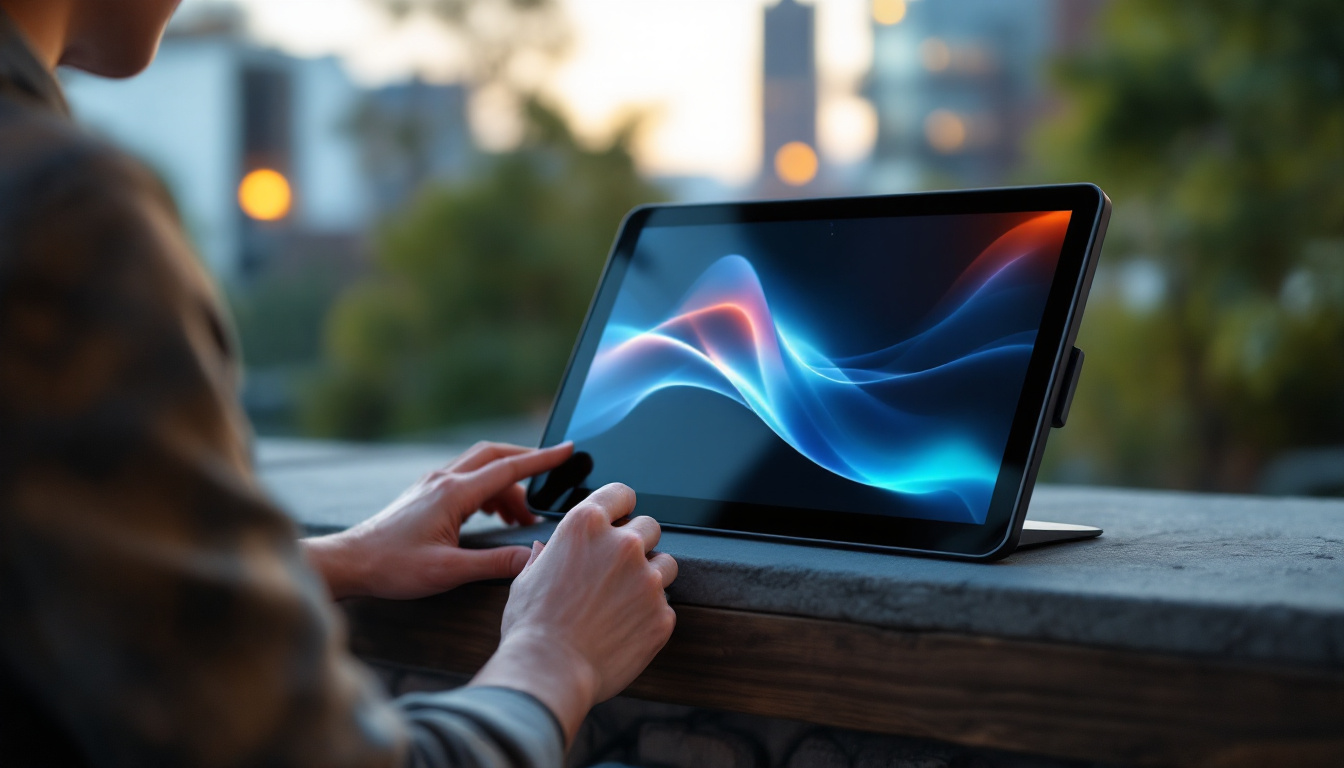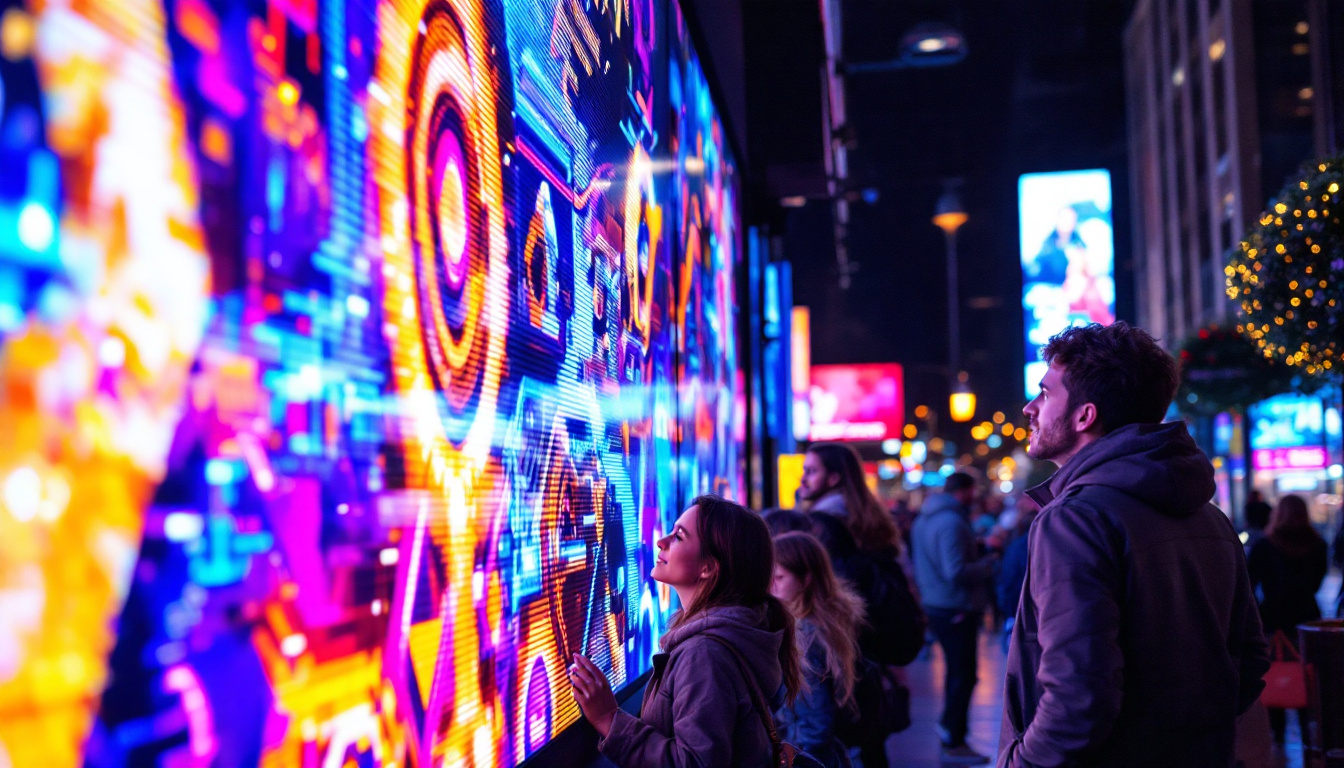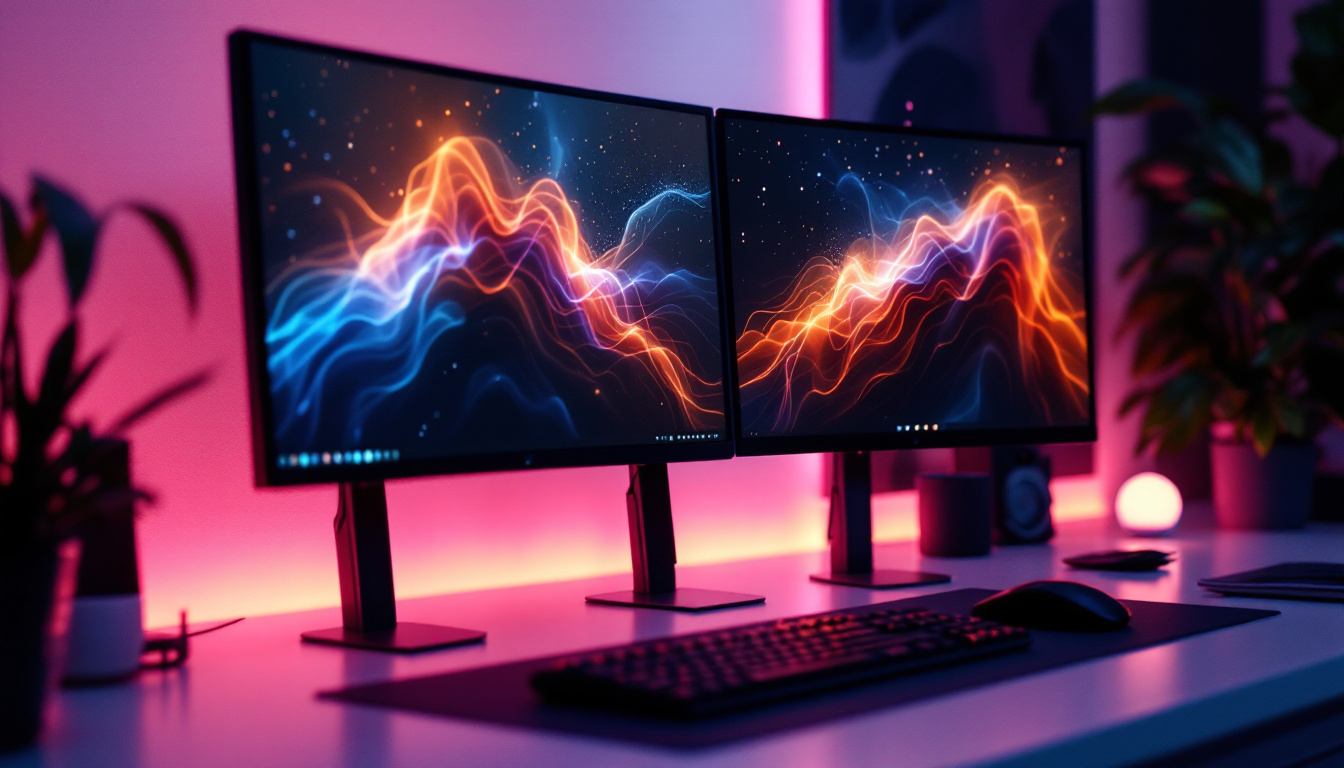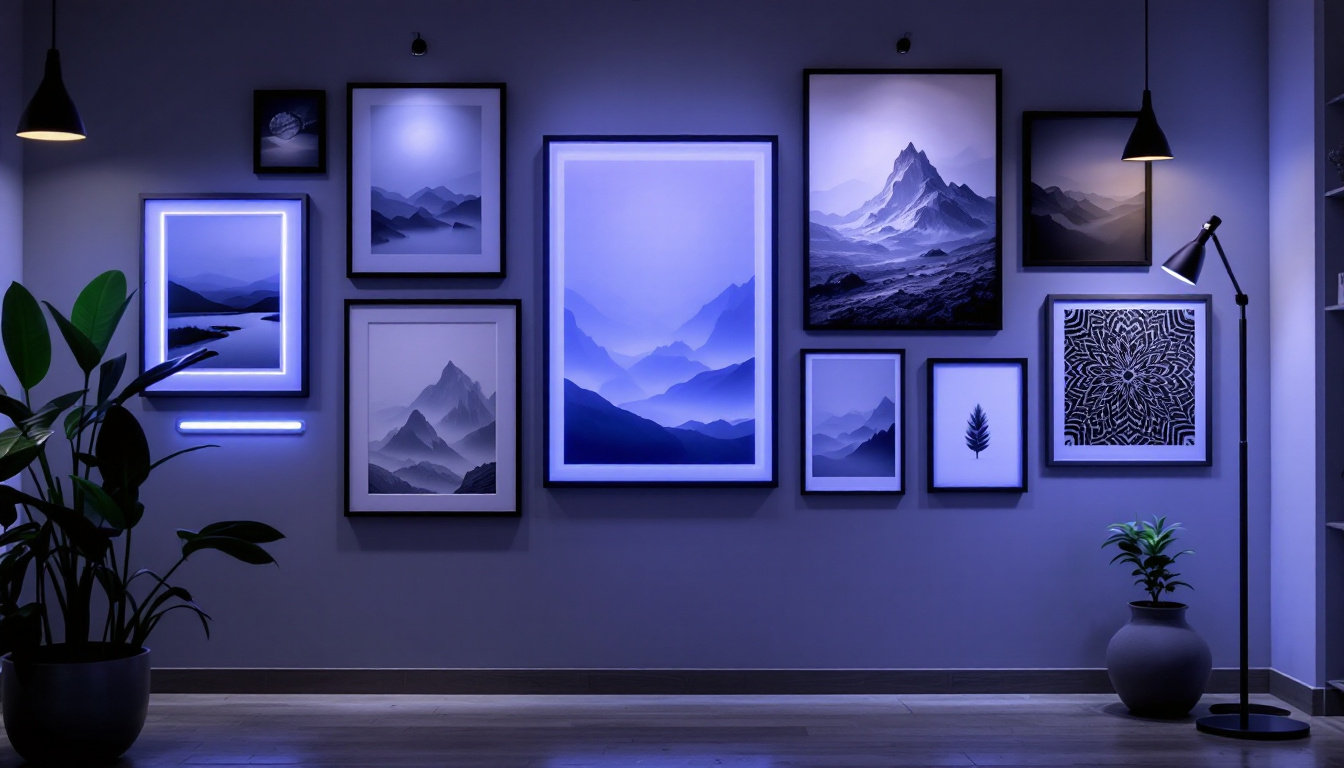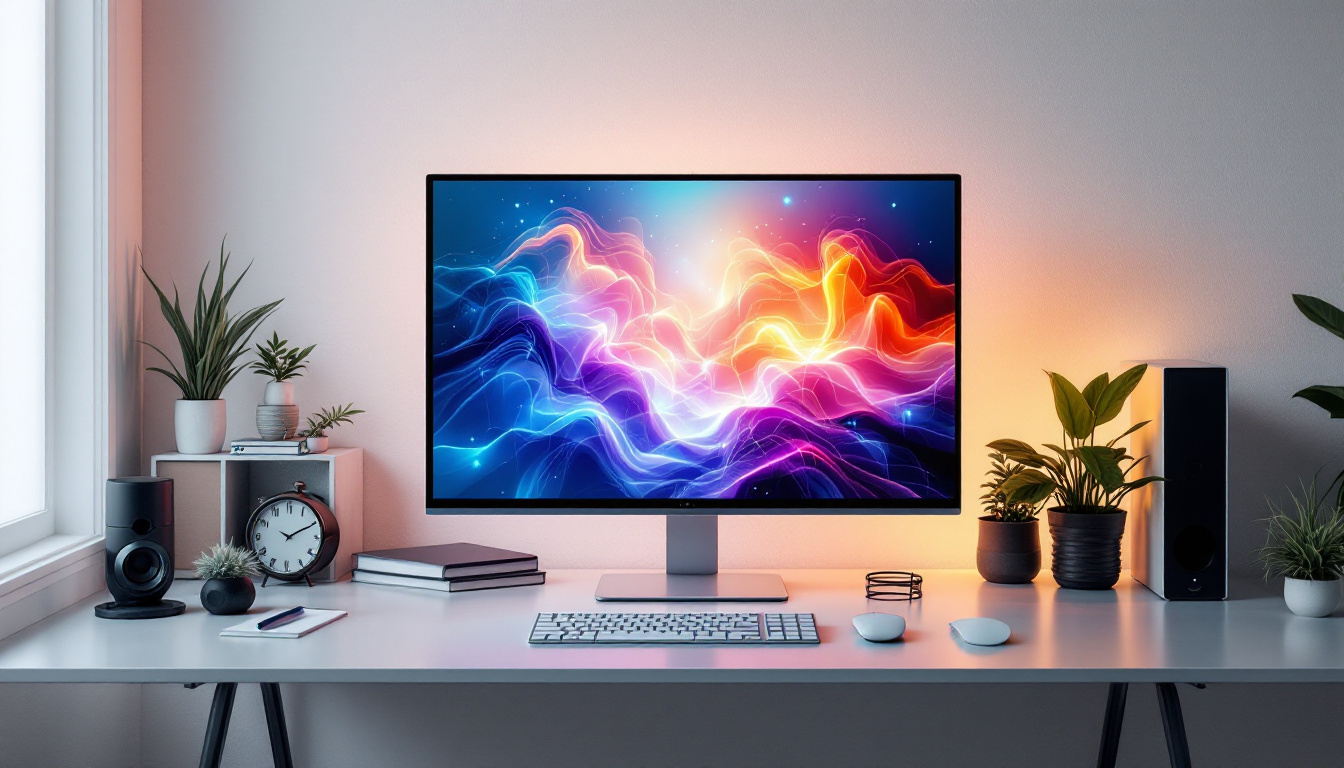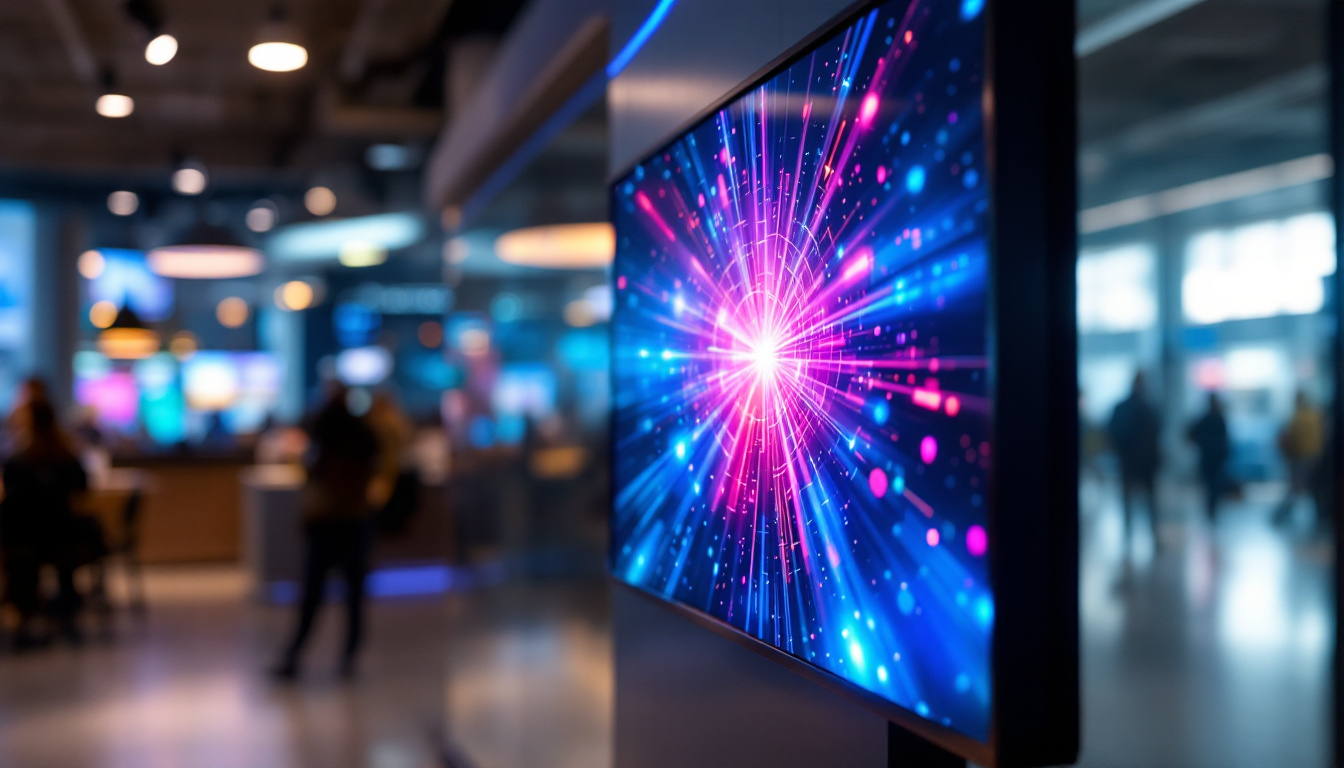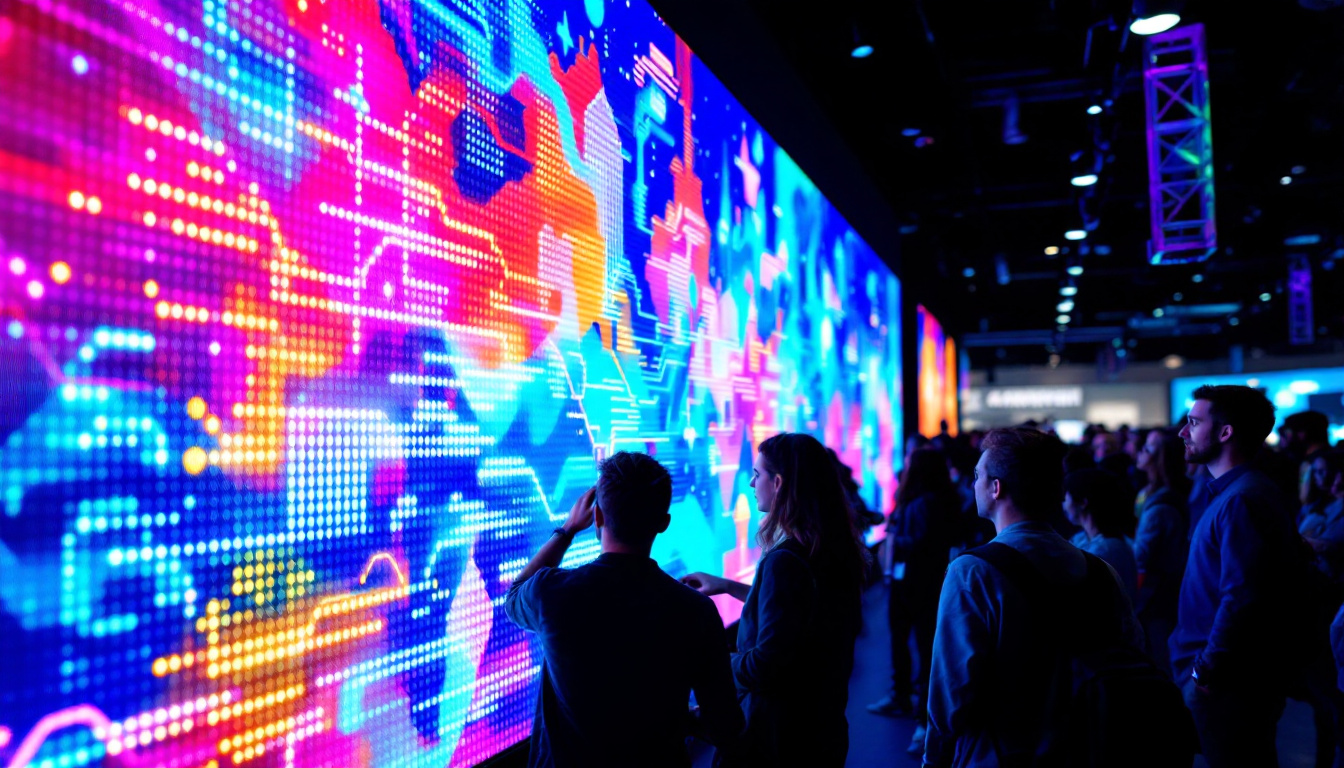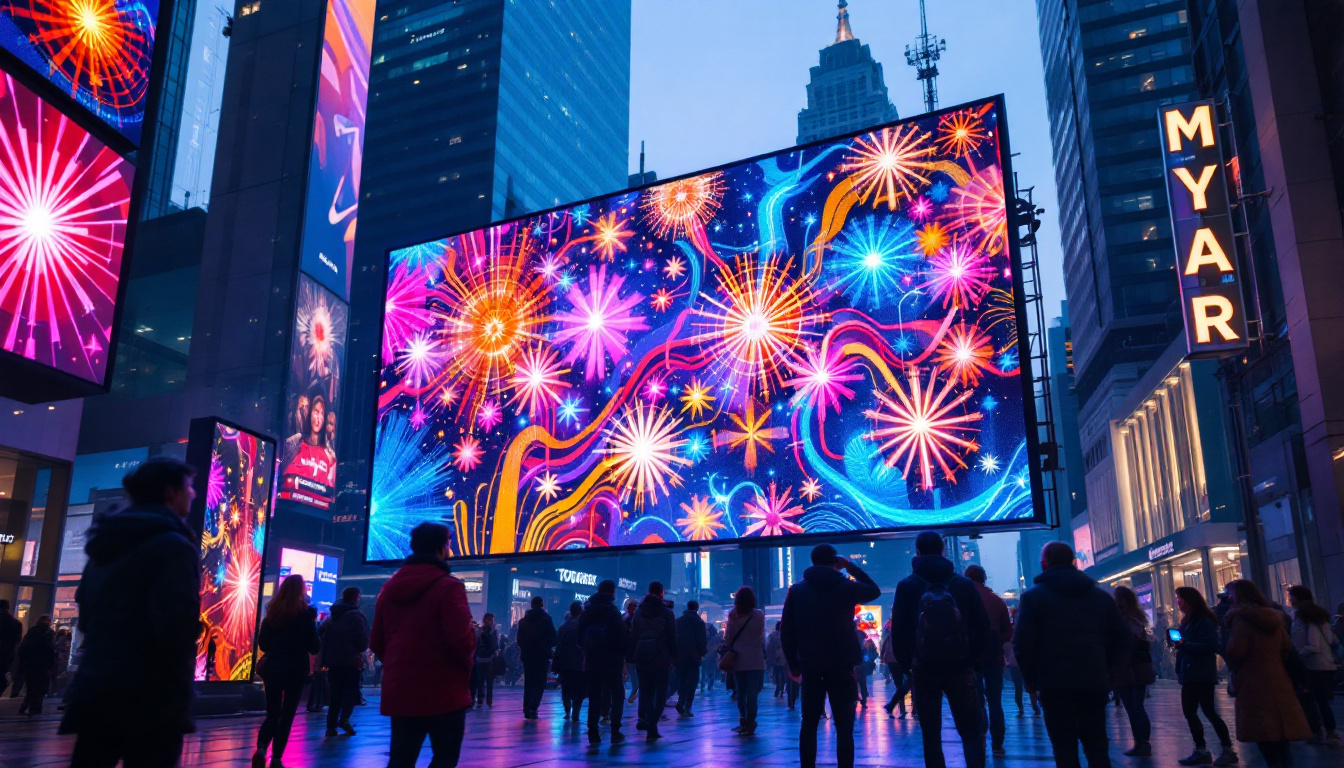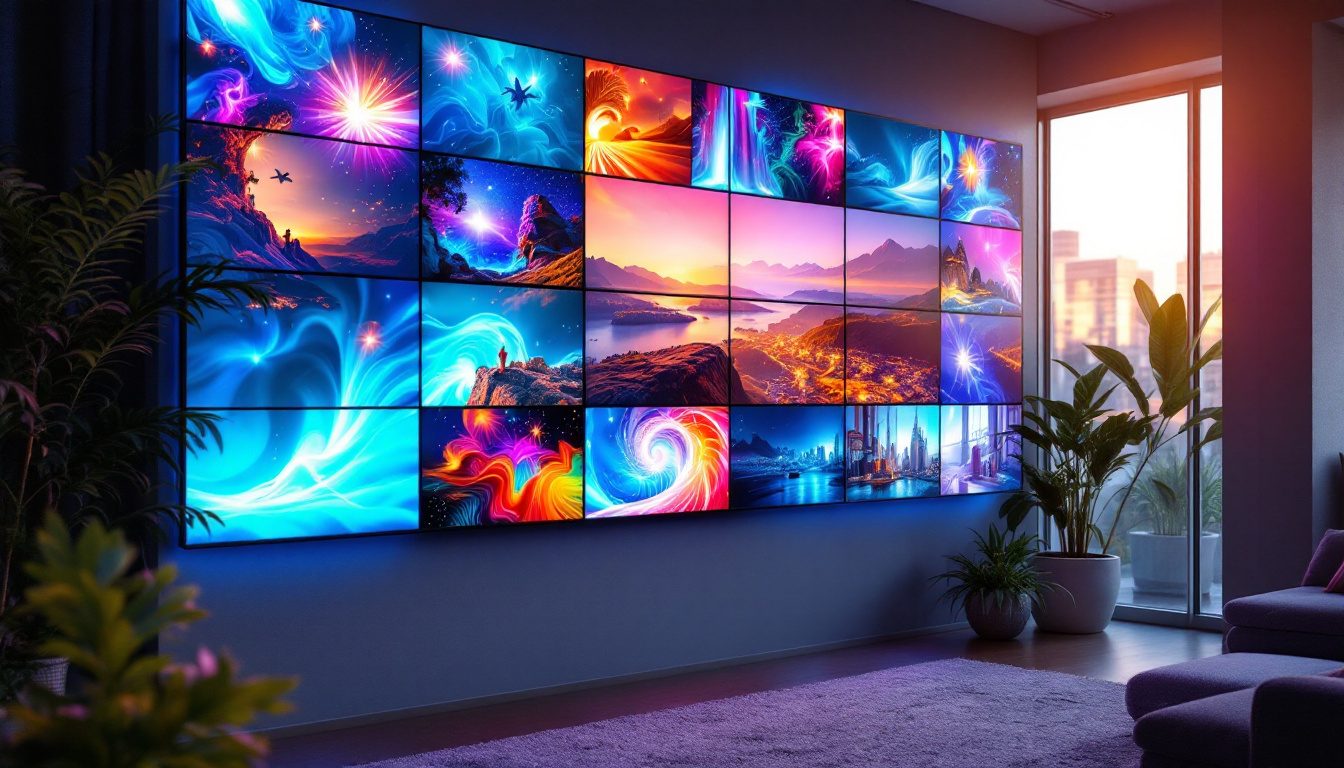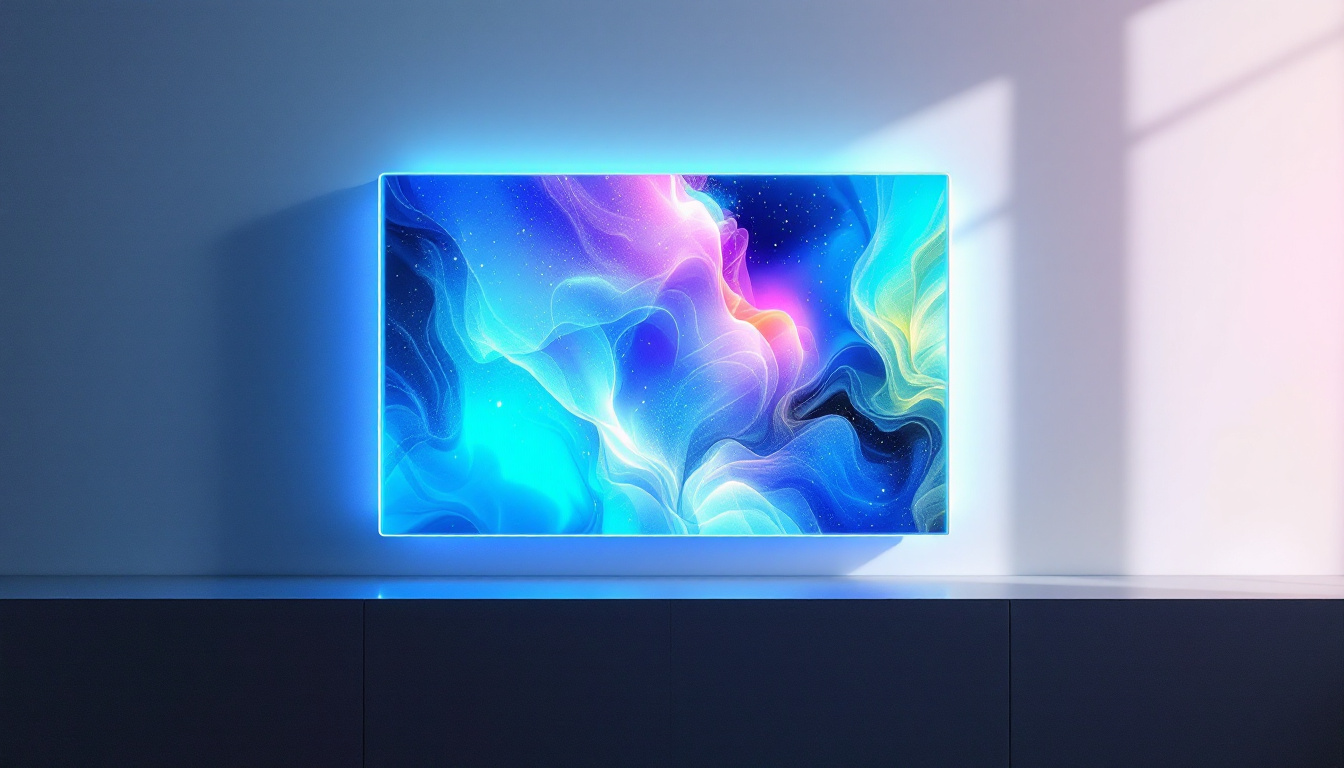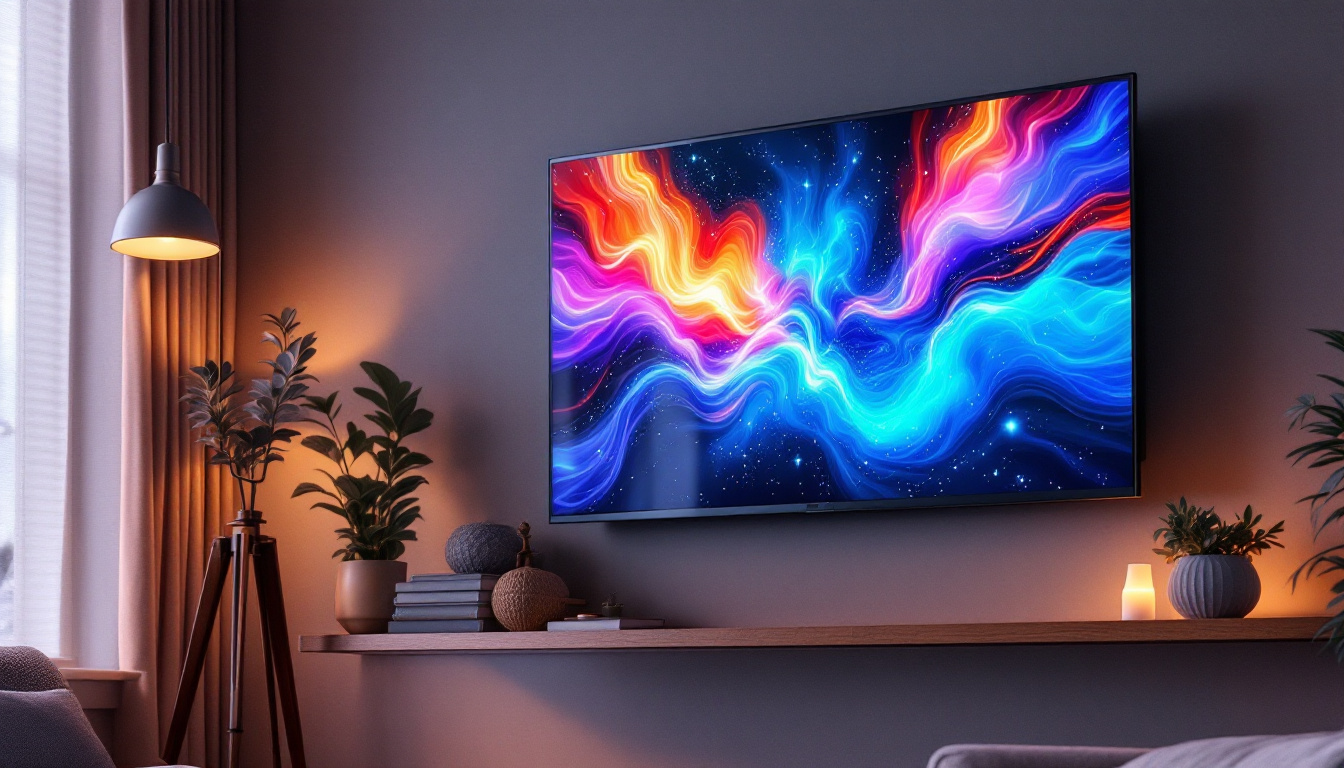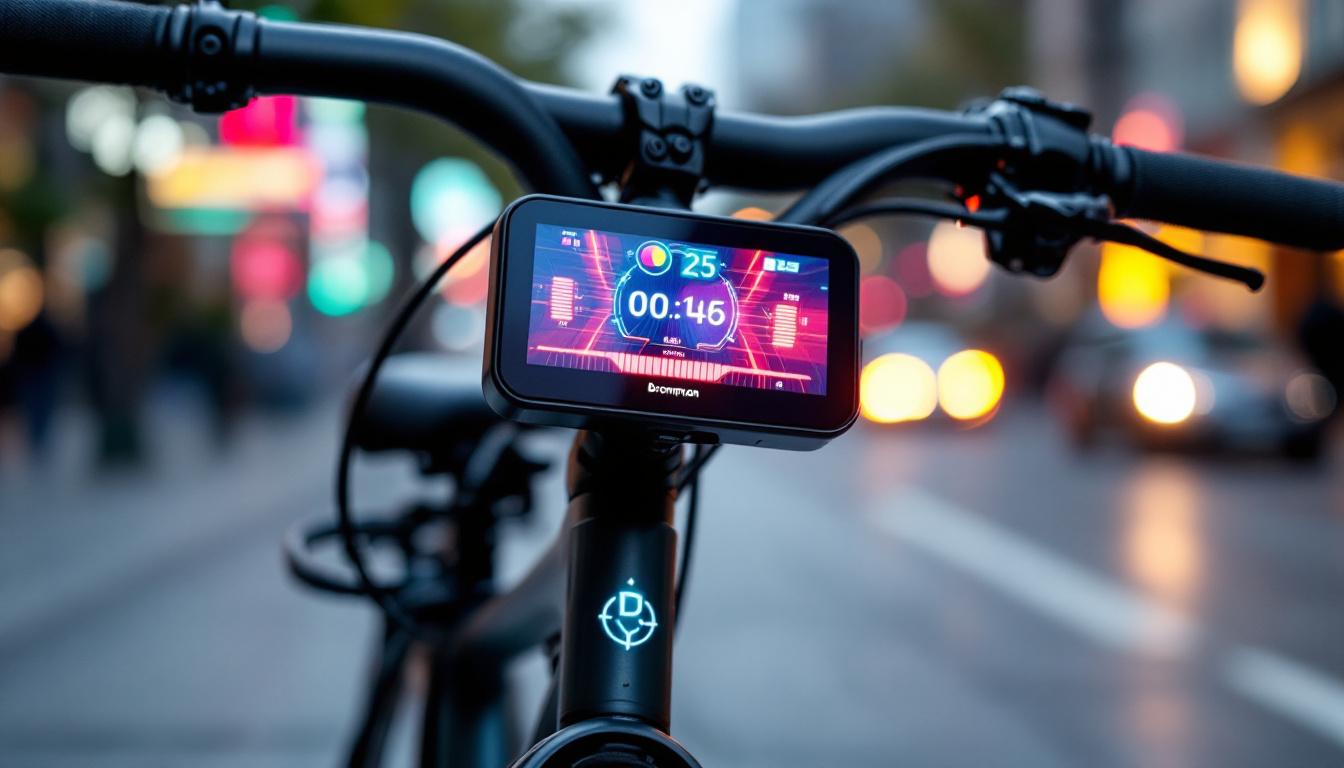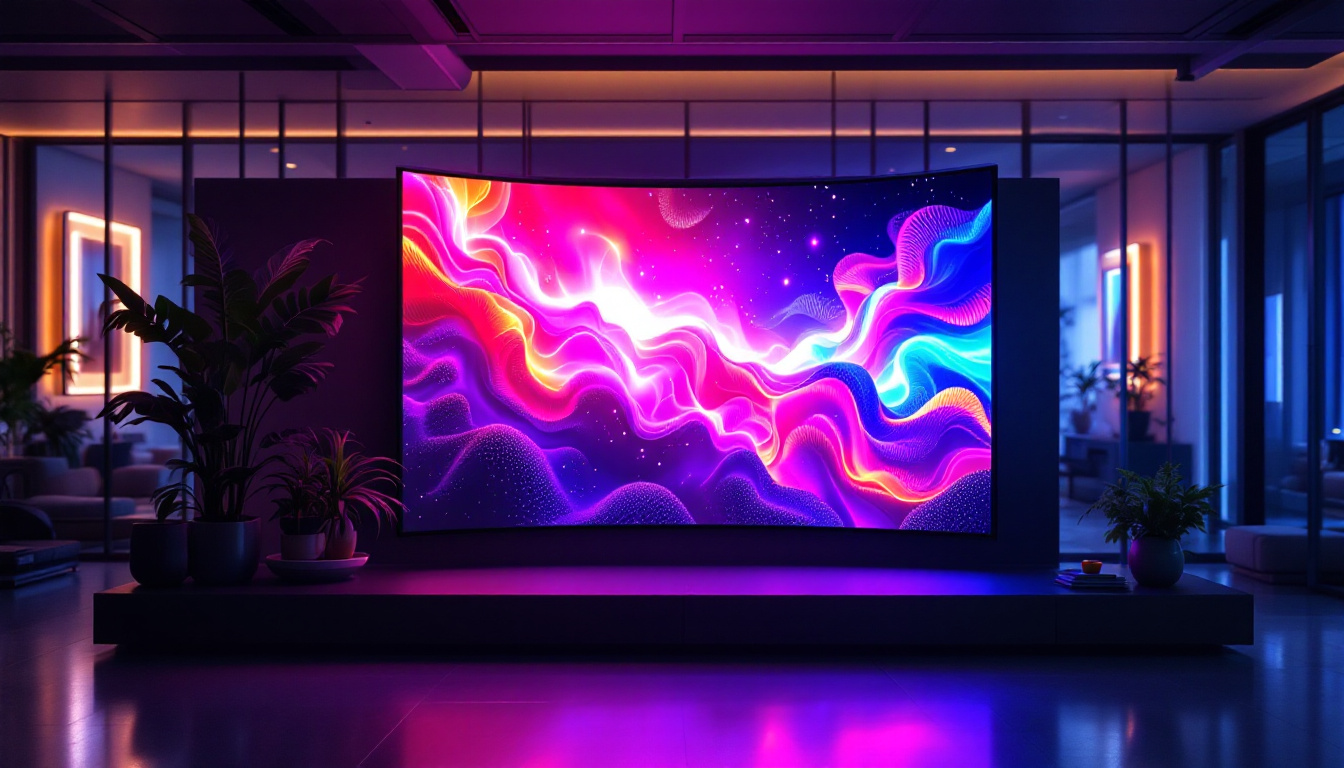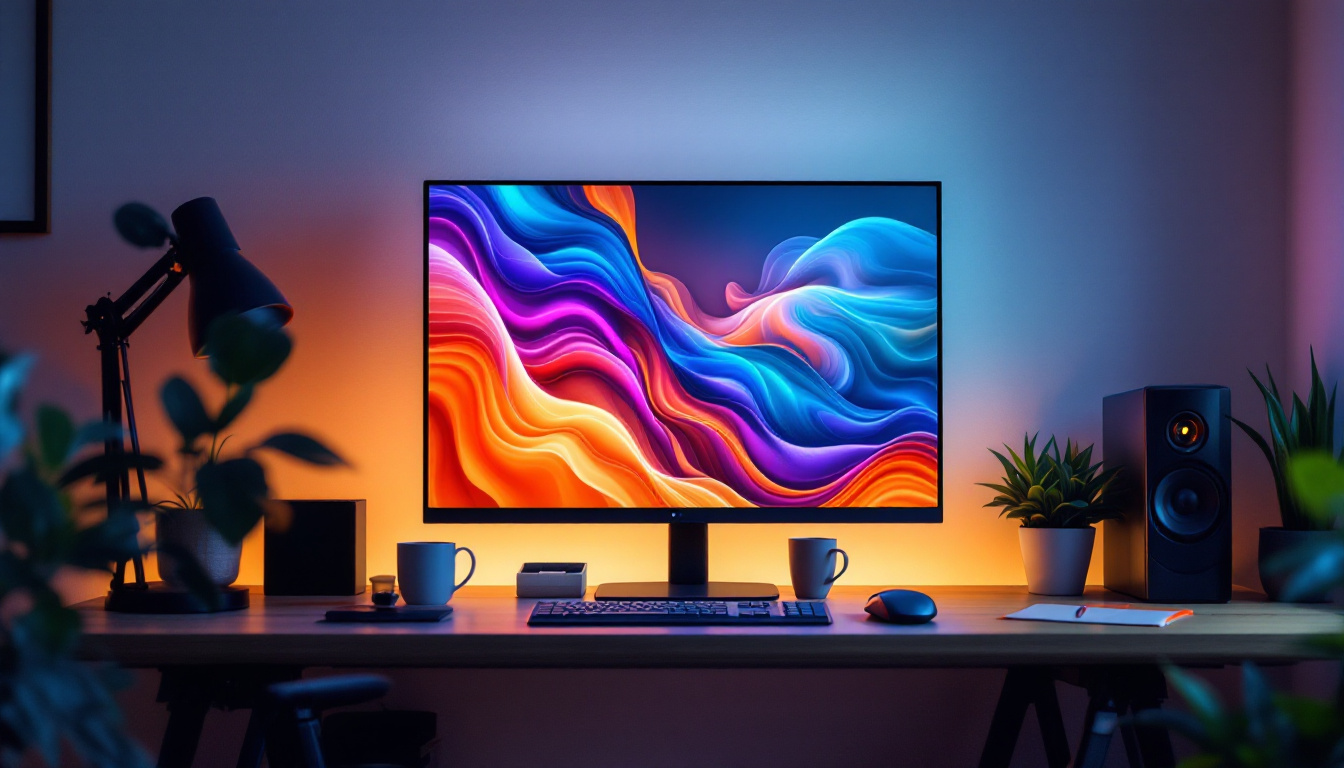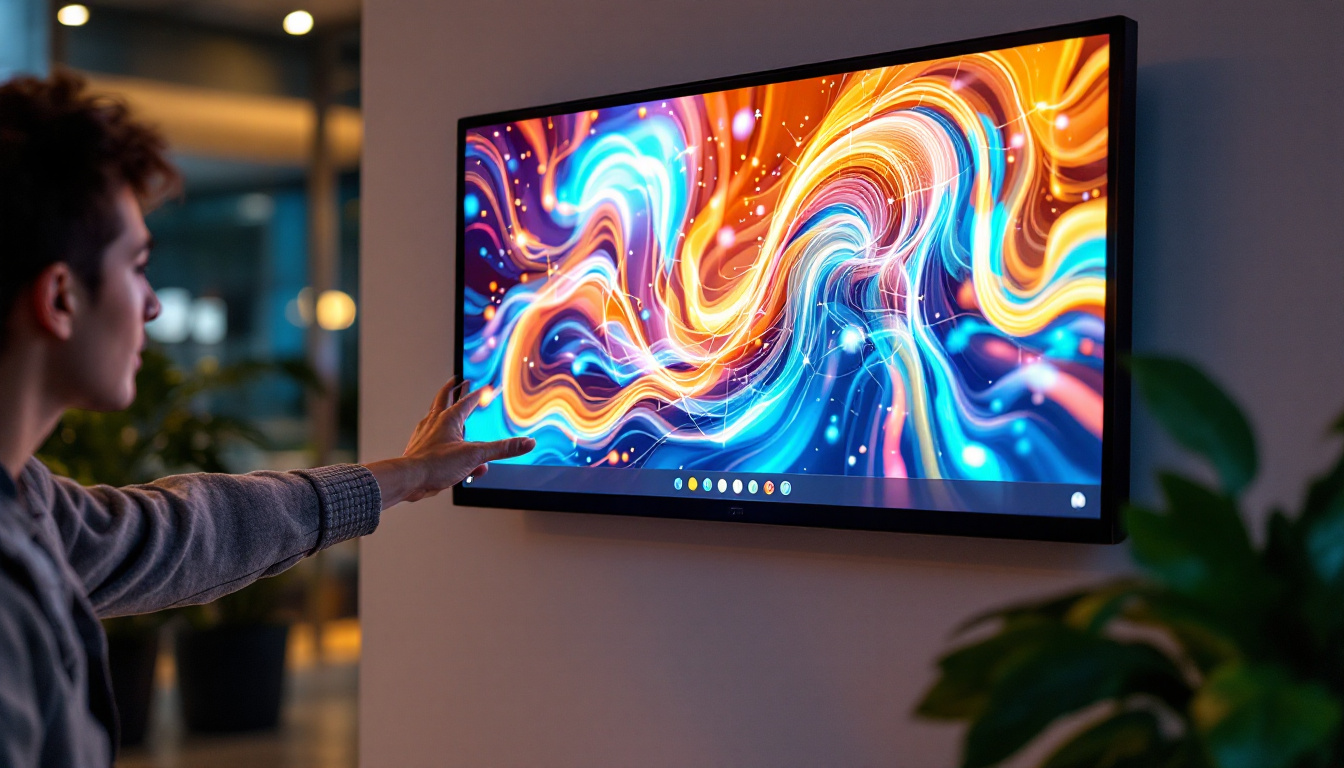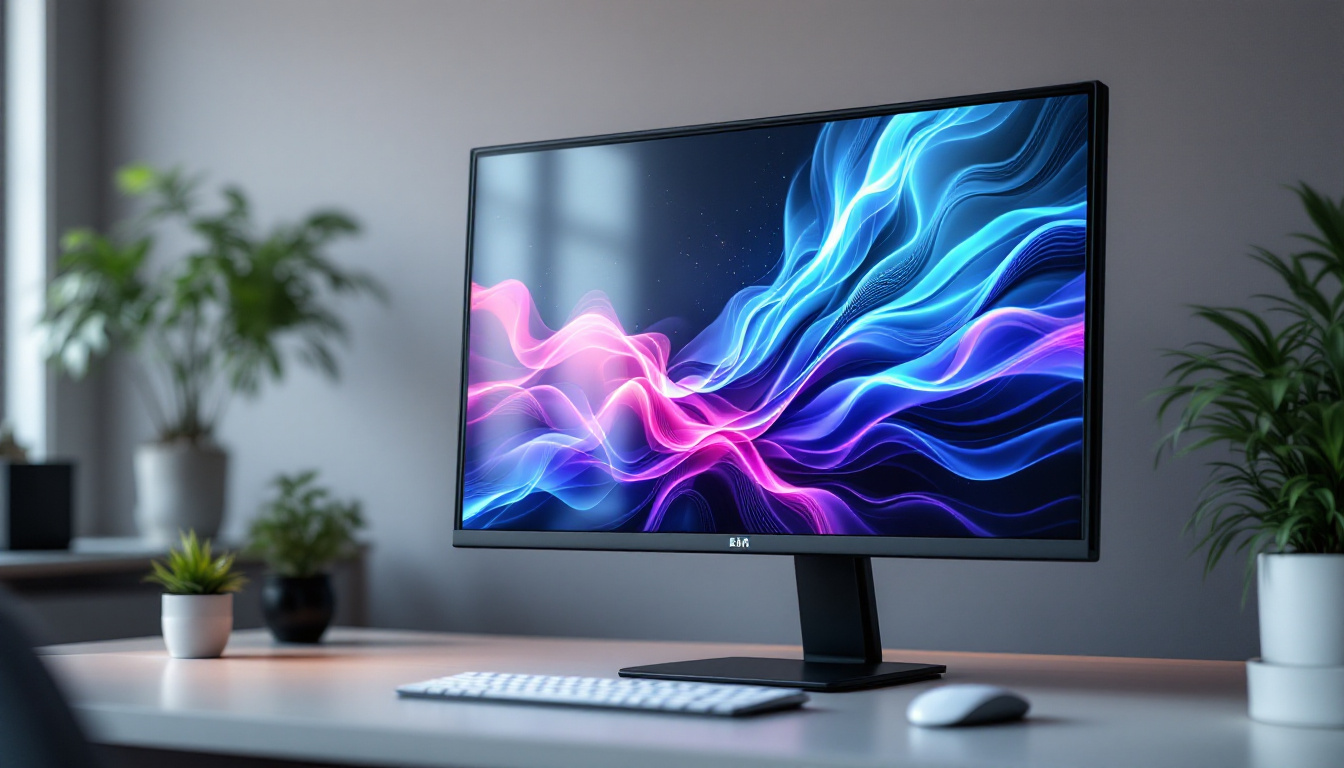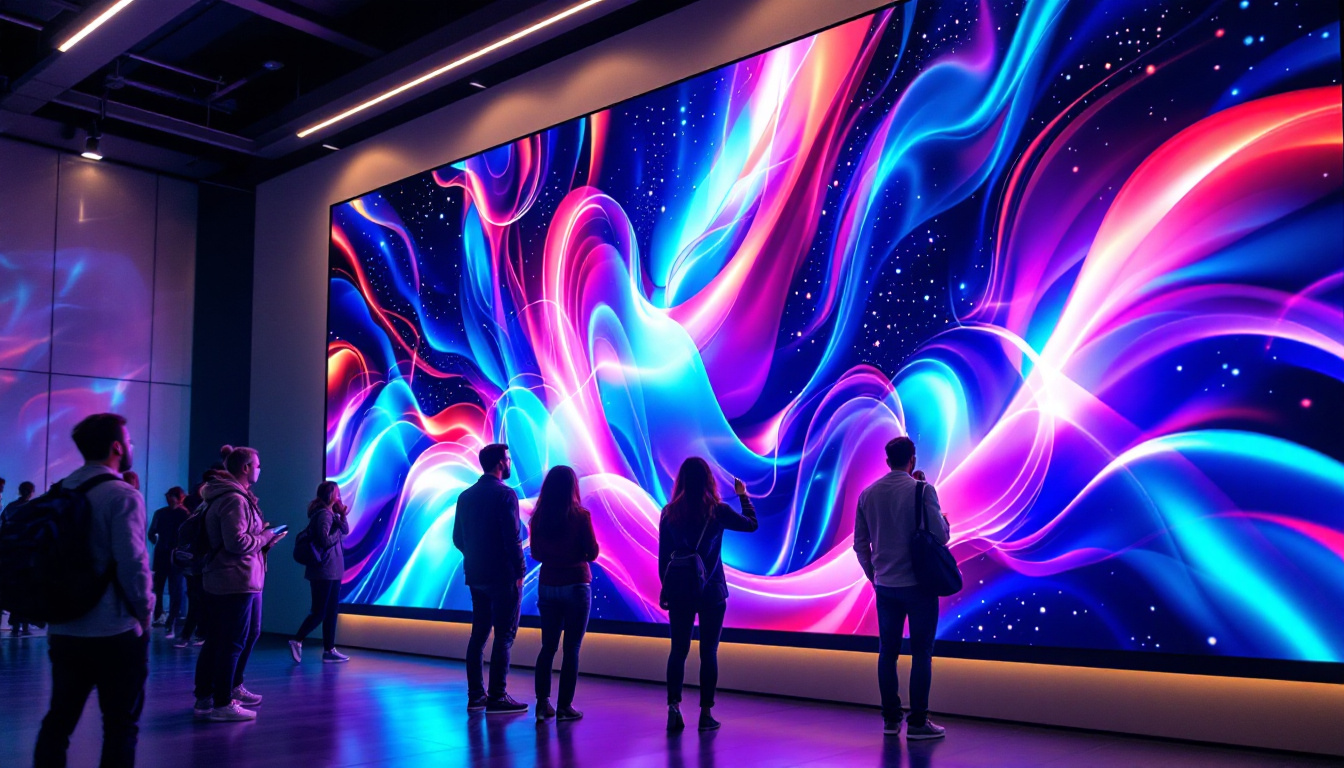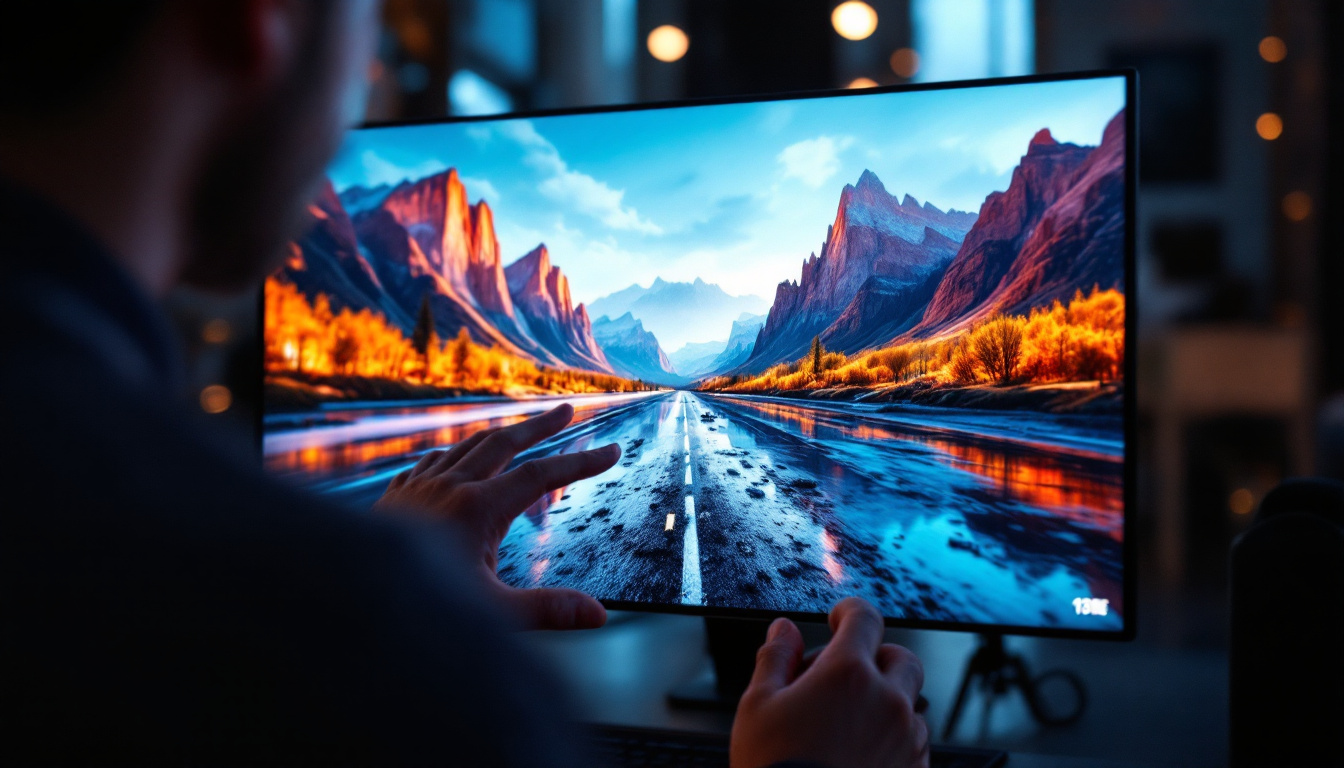In the world of technology, especially in the realm of displays, measurements can often lead to confusion. One common question that arises is, “How long is 85 inches in feet?” This inquiry is particularly relevant when discussing LED displays, which are increasingly popular for both personal and professional use. Understanding the conversion from inches to feet is essential for selecting the right display size for various applications. This article will delve into the conversion process, the significance of display sizes, and the advantages of LED technology.
The Basics of Measurement Conversion
Understanding Inches and Feet
Inches and feet are both units of measurement used primarily in the United States and a few other countries. An inch is defined as 1/12 of a foot, which means that there are 12 inches in a single foot. When converting inches to feet, the calculation is straightforward: divide the number of inches by 12. Therefore, to find out how long 85 inches is in feet, one would perform the following calculation:
85 inches ÷ 12 = 7.0833 feet
This result can also be expressed as 7 feet and 1 inch, providing a more relatable understanding of the measurement. It’s interesting to note how these units have historical roots; the inch has been used since ancient times, with its origins tracing back to the Roman unit of measure known as the “uncia,” which was one-twelfth of a foot. This historical context adds depth to our understanding of why these measurements are still prevalent today.
Why Measurement Matters
Accurate measurements are critical in various fields, from construction to electronics. In the context of LED displays, knowing the size in feet can help consumers and professionals alike make informed decisions about their purchases. Whether it’s for a home theater setup, a conference room, or an outdoor event, understanding the dimensions can significantly impact the viewing experience. For instance, a display that is too small for a large venue can lead to poor visibility, while an oversized screen in a compact space might overwhelm the audience and detract from the overall aesthetic.
Moreover, in the realm of DIY projects, having a firm grasp of measurement conversions can save time and resources. When building furniture or undertaking renovations, knowing how to accurately convert inches to feet ensures that materials are cut to the correct size, minimizing waste and maximizing efficiency. This skill is particularly valuable for hobbyists and professionals alike, as it fosters precision and confidence in their work, ultimately leading to higher quality results.
LED Displays: A Growing Trend
What is an LED Display?
An LED (Light Emitting Diode) display is a flat panel display that uses LED technology to produce images and videos. These displays are known for their vibrant colors, high brightness, and energy efficiency. Unlike traditional LCDs, which rely on fluorescent backlighting, LED displays utilize individual diodes to create light, resulting in improved contrast and color accuracy.
LED displays come in various sizes, resolutions, and configurations, making them suitable for a wide range of applications. From televisions and computer monitors to large-scale advertising screens, the versatility of LED technology is one of its most appealing features.
Benefits of LED Technology
LED displays offer numerous advantages over traditional display technologies. Some of the most notable benefits include:
- Energy Efficiency: LED displays consume significantly less power than their LCD and plasma counterparts, leading to reduced energy bills and a smaller carbon footprint.
- Longevity: LED technology has a longer lifespan, often lasting over 50,000 hours, which means fewer replacements and lower maintenance costs.
- Brightness and Clarity: LED displays provide superior brightness levels, making them ideal for use in well-lit environments. This clarity enhances the viewing experience, whether for movies, presentations, or advertising.
Choosing the Right Size for Your LED Display
Factors to Consider
When selecting an LED display, size is a crucial factor that can influence the overall effectiveness of the display. Several considerations come into play:
- Viewing Distance: The distance between the viewer and the display can determine the optimal size. A larger display may be necessary for larger rooms or outdoor settings where viewers are positioned farther away.
- Resolution: The resolution of the display, measured in pixels, affects how clear and detailed the image appears. Higher resolutions require larger displays to maintain image quality at a distance.
- Purpose: The intended use of the display—whether for entertainment, advertising, or presentations—will also dictate the appropriate size. For instance, a home theater may benefit from a larger screen, while a small conference room might require a more compact display.
Common Display Sizes
LED displays come in various standard sizes, typically ranging from 32 inches to over 100 inches. For instance, a 55-inch display is often considered a good size for a living room, while larger displays, such as 85 inches, are popular for home theaters and commercial applications.
As previously calculated, an 85-inch display measures approximately 7.08 feet diagonally. This size provides an immersive viewing experience, making it an excellent choice for those who enjoy watching movies, playing video games, or hosting large gatherings.
Understanding Aspect Ratios
What is Aspect Ratio?
The aspect ratio of a display refers to the proportional relationship between its width and height. Common aspect ratios for LED displays include 16:9, 4:3, and 21:9. The most prevalent ratio today is 16:9, which is ideal for widescreen content such as movies and television shows.
For an 85-inch display, the aspect ratio plays a significant role in determining the actual width and height of the screen. For a 16:9 display, the width would be approximately 74.1 inches, and the height would be around 41.7 inches. Understanding these dimensions is essential for ensuring that the display fits well within the intended space.
Calculating Dimensions Based on Aspect Ratio
To calculate the width and height of a display based on its diagonal measurement and aspect ratio, one can use the following formulas:
- Width = Diagonal × (Aspect Ratio Width Component) / √((Aspect Ratio Width Component)² + (Aspect Ratio Height Component)²)
- Height = Diagonal × (Aspect Ratio Height Component) / √((Aspect Ratio Width Component)² + (Aspect Ratio Height Component)²)
For an 85-inch display with a 16:9 aspect ratio, the calculations would yield the previously mentioned dimensions. This information is vital for ensuring that the display is compatible with existing furniture and room layouts.
Installation Considerations for LED Displays
Wall-Mounting vs. Standalone
When it comes to installing an LED display, there are two primary options: wall-mounting or using a standalone stand. Each method has its advantages and disadvantages, depending on the specific needs and space constraints of the environment.
Wall-mounting is often preferred for larger displays, as it saves floor space and provides a clean, modern look. However, it requires careful planning to ensure that the wall can support the weight of the display and that the viewing height is optimal for the intended audience.
On the other hand, standalone displays offer flexibility in positioning and can be easily relocated if necessary. This option is particularly useful in settings where the display may need to be moved frequently, such as trade shows or events.
Cabling and Connectivity
Another critical aspect of installation is managing cables and connectivity. LED displays typically require various cables for power, video input, and audio output. Proper cable management not only enhances the aesthetics of the setup but also ensures safety and ease of use.
Utilizing cable covers or conduits can help keep cables organized and out of sight, creating a more polished appearance. Additionally, ensuring that the display has the necessary ports for connectivity—such as HDMI, USB, and audio jacks—is essential for compatibility with other devices.
Maintenance and Care for LED Displays
Cleaning and Upkeep
Maintaining an LED display is crucial for preserving its performance and longevity. Regular cleaning is necessary to remove dust and fingerprints, which can affect image quality. It is advisable to use a microfiber cloth and a gentle cleaning solution specifically designed for electronics.
In addition to cleaning the screen, it is essential to check the connections and cables periodically. Loose or damaged cables can lead to display issues, so ensuring that everything is secure can help prevent problems down the line.
Software Updates and Calibration
Many modern LED displays come equipped with smart technology that may require software updates. Keeping the display’s firmware up to date can improve performance and add new features. Calibration is also important to ensure that the colors and brightness levels are optimized for the viewing environment.
Conclusion
Understanding the measurement of 85 inches in feet, along with the various aspects of LED displays, is essential for making informed decisions in both personal and professional settings. With the conversion of 85 inches equating to approximately 7.08 feet, potential buyers can better visualize the size and impact of their display choice.
LED technology continues to evolve, offering users enhanced viewing experiences through superior brightness, energy efficiency, and longevity. By considering factors such as aspect ratio, installation methods, and maintenance, individuals and businesses can ensure that they select the right display for their needs, ultimately leading to greater satisfaction and usability.
In a world where visual content is increasingly important, understanding how to navigate the options available in LED displays can make all the difference. Whether for entertainment, advertising, or presentations, the right display can transform any space and elevate the overall experience.
Discover the Perfect LED Display with LumenMatrix
Ready to elevate your space with a premium LED display? LumenMatrix is at the forefront of LED display innovation, offering a wide array of solutions tailored to your unique needs. From immersive indoor and outdoor walls to dynamic vehicle displays and beyond, our technology is designed to captivate and engage. Experience the difference with our LED Sports Displays, Floor LEDs, Custom configurations, and more. Check out LumenMatrix LED Display Solutions today and transform your visual communication into an unforgettable experience.

